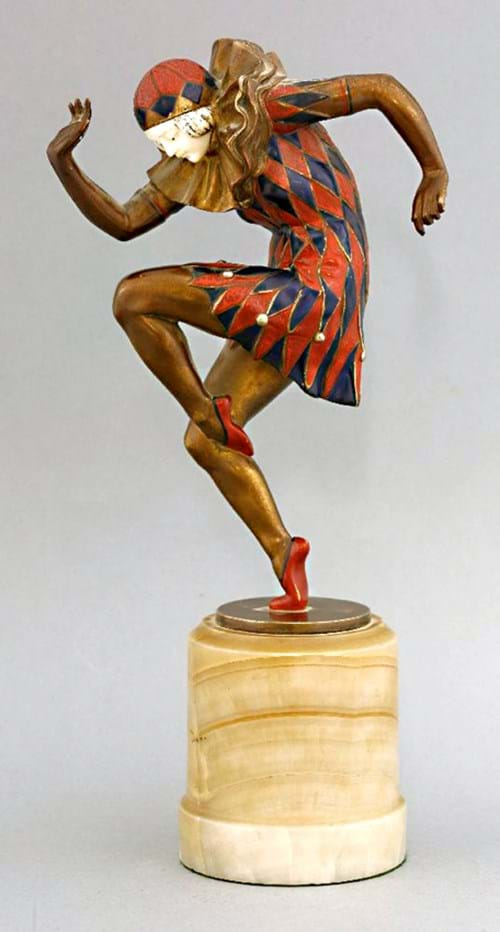Imports to the US
The moratorium on commercial imports of any African elephant ivory regardless of age, effective since 2014, continues. The law does permit non-commercial imports of antique ivory when the item is part of a household move or inheritance, part of a musical instrument or part of a travelling museum exhibition.
Exports from the US
The US Fish & Wildlife Service are more flexible when ivory is leaving their borders and potentially this aspect of the law will allow Americans to sell their collections overseas.
Commercial exports of worked ivory that meet the criteria of the antiques exemption (at least 100 years old and demonstrably imported prior to September 22, 1982) are permitted when accompanied by appropriate CITES documents.
Non-commercial exports of ivory worked prior to 1976 are also allowed.
Sales within a State (intrastate commerce)
The federal law allows for intrastate commerce in ivory that was demonstrably imported prior to January 1990 (the date the African elephant was listed in CITES Appendix I).
Sales across State lines (interstate commerce)
The rules restrict interstate commerce to only items that meet the antiques exemption but permits the trade of more recent objects that contain a small (de minimis) amount of ivory. Art Deco bronze and ivory figures, such as the example by Theodor Ullmann sold by Sworders for £6200 in February, may qualify under the ‘de minimis’ exemption.

An Art Deco bronze and ivory figure by Theodor Ullmann sold by Sworders in the UK for £6200 in February. In US Federal law, it may qualify under the ‘de minimis’ exemption.
The ‘de minimis’ exemption
There is an exemption for items that contain a small (de minimis) amount of worked ivory.
The ivory (imported prior to 1990) must be a fixed or integral component of a larger item and weigh less than 200g. According to the guidance notes this will permit the sale of many of the following kinds of items: musical instruments (including pianos); knives with ivory hilts and guns with ivory grips; teapots with ivory insulators, walking canes with ivory handles, and inlaid furniture.
The authorities will not require ivory components to be removed and weighed. However they must account for less than 50% of the volume of the object. Small items made wholly of ivory, e.g. chess pieces or jewellery with metal fittings, would not qualify for the de minimis exception.
Burden of proof
Anyone claiming the benefit of the antiques exemption has the burden of demonstrating that the item is not less than 100 years old. Statements from a dealer or collector or a CITES pre-Convention certificate alone, will not be considered adequate proof.
However, the USFWS have clarified that forensic testing is not necessarily required. Provenance and age may be determined through a detailed history of the item, a third party appraisal from a professional or by “using information in catalogues, price lists, and other similar materials”.
Marine ivory
The rule regulates only African elephant ivory. Asian elephants are subject to different laws as is ivory from marine species, such as walrus, narwhal and sperm whale. Ivory from extinct species, such as mammoths, is not regulated by the USFWS.
Source: The US Fish & Wildlife Service





